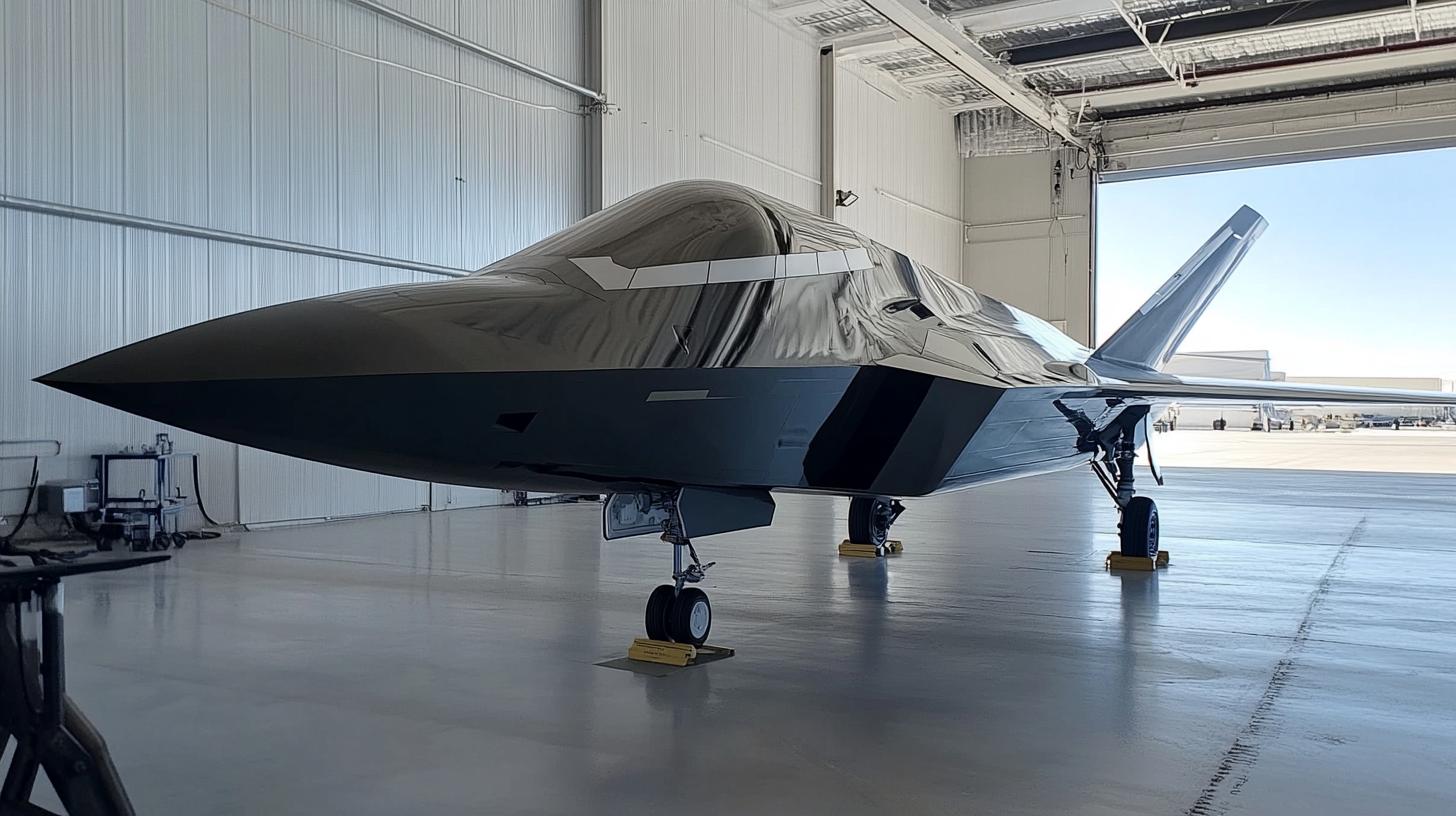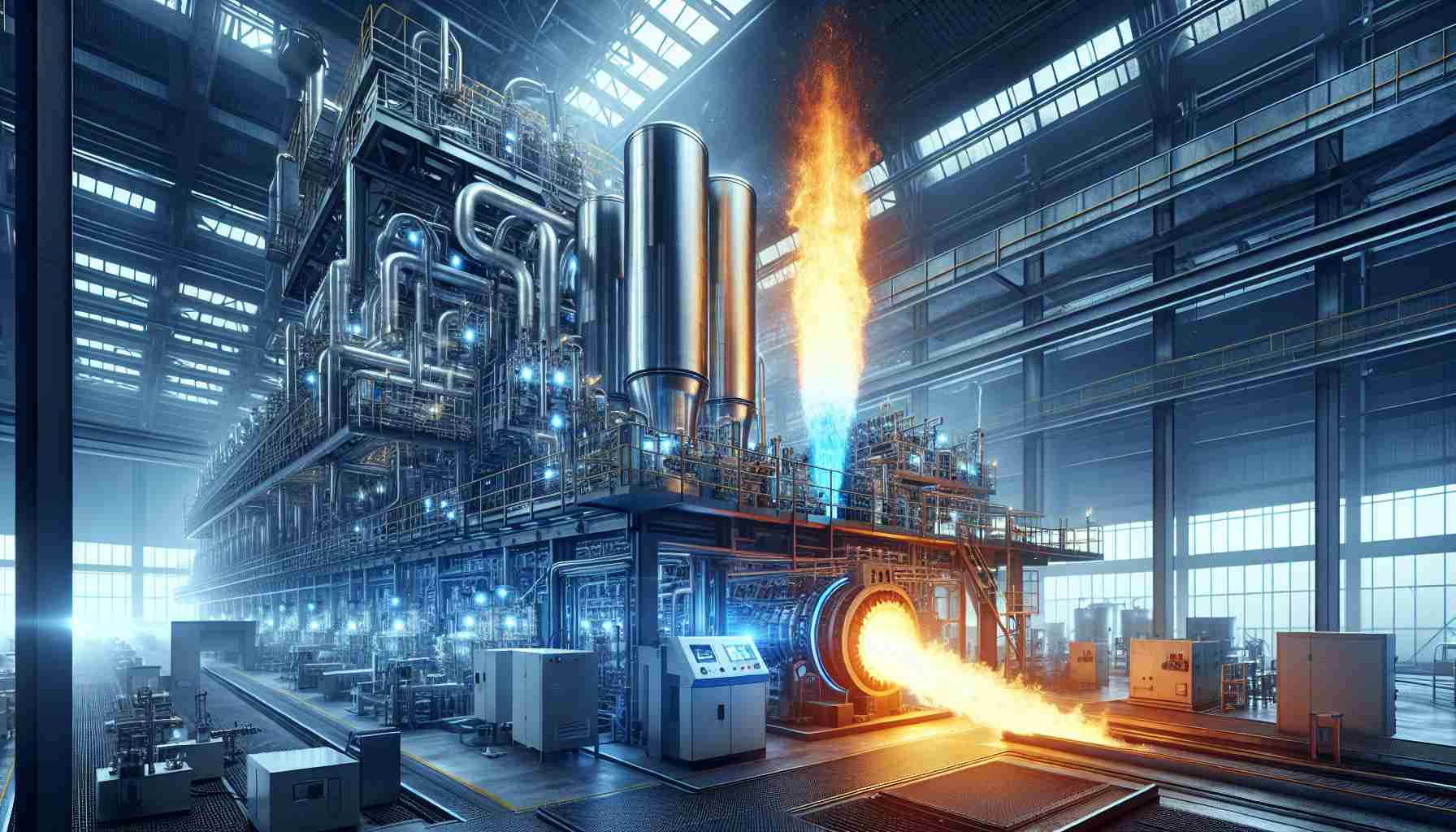In a troubling development, a key weapons facility in North Korea is undergoing significant expansion, raising international concerns. Recent analysis from a prominent U.S. think tank, utilizing satellite imagery, revealed that the February 11 plant, located within the Ryongsong Machine Complex in Hamhung—the country’s second-largest city on the eastern coast—is enhancing its production capabilities.
According to experts, this facility is uniquely responsible for the assembly of the Hwasong-11 class of solid-fuel ballistic missiles. These missiles, referred to as KN-23 by Western nations, have been identified as part of the arsenal utilized by Russian forces in their ongoing operations in Ukraine. The expansion of this plant, which appears to have gone unnoticed until now, indicates an increasing focus on military production amidst claims of collaboration between North Korea and Russia.
Despite reports of this military development, both nations have publicly denied any exchange of arms or munitions. In a further attempt to strengthen their military relationship, Moscow and Pyongyang formalized a mutual defense agreement during a recent summit, reaffirming their commitment to enhancing military cooperation.
As the situation unfolds, global attention remains fixed on the implications of North Korea’s missile advancements and their potential impact on regional and international security.
North Korea’s Military Expansion: Unseen Impacts and Global Reactions
In the midst of its ongoing military advancements, North Korea’s expansion of its weapons facility is not just a regional concern but a matter of global security, raising important questions about the consequences for surrounding nations and the wider international community.
Increased Military Capabilities
The enhancements to the Ryongsong Machine Complex highlight North Korea’s commitment to boosting its missile production capabilities. The Hwasong-11, known as KN-23 internationally, poses unique challenges not just for South Korea and Japan, but also for the United States and its allies. The solid-fuel technology allows for quicker launch preparations, making these missiles a significant threat. This presents a worrying shift in military dynamics, prompting a reevaluation of existing defense strategies among threatened nations.
Impact on Regional Security
Countries surrounding North Korea are gearing up for potential contingencies. South Korea recently announced plans to increase its defense budget and enhance missile defense systems in response to these escalations. On the diplomatic front, Japan has started to engage more actively with Western allies, solidifying a united front against North Korea’s military activities. This ripple effect could lead to an arms race in Northeast Asia, further destabilizing an already tense region.
International Responses and Controversies
While North Korea continues to deflect accusations regarding arms dealings with Russia, the allegations have ignited significant debate among global powers. A notable point of contention is the interpretation of international treaties regarding arms control. The expansion of missile capabilities has led to calls for stronger sanctions and a reassessment of previous diplomatic agreements, particularly those aimed at denuclearization.
Questions arise: What will be the long-term repercussions of these developments on peace negotiations? Can diplomatic channels remain viable if military engagements escalate? The risk is that increasing militarization could undermine efforts to engage in productive talks.
The Balancing Act: Advantages and Disadvantages
From a strategic perspective, North Korea may perceive its missile expansion as a necessary advantage. Strengthened military capabilities can bolster national defense and act as a deterrent against potential aggressors. However, these advancements come with significant disadvantages. Increased military activity draws international scrutiny, leading to sanctions and economic isolation, which could exacerbate internal issues within North Korea.
For neighboring countries, the benefits of heightened military readiness must be weighed against the risks of escalating tensions, which can disrupt trade, tourism, and overall regional stability. The potential for miscalculation is high, and the consequences of even a minor incident could be catastrophic.
Looking Ahead
As North Korea moves forward with its military ambitions, the world watches with bated breath. The situation necessitates a careful, measured response from the international community. Will nations come together to deter further escalation, or will tensions lead to conflict? The trajectory of North Korean military expansion could reshape not only regional balances but also global security frameworks.
As this situation unfolds, staying informed on developments in international relations is crucial. For more insights into military interactions and regional security, check out c-span and BBC.












